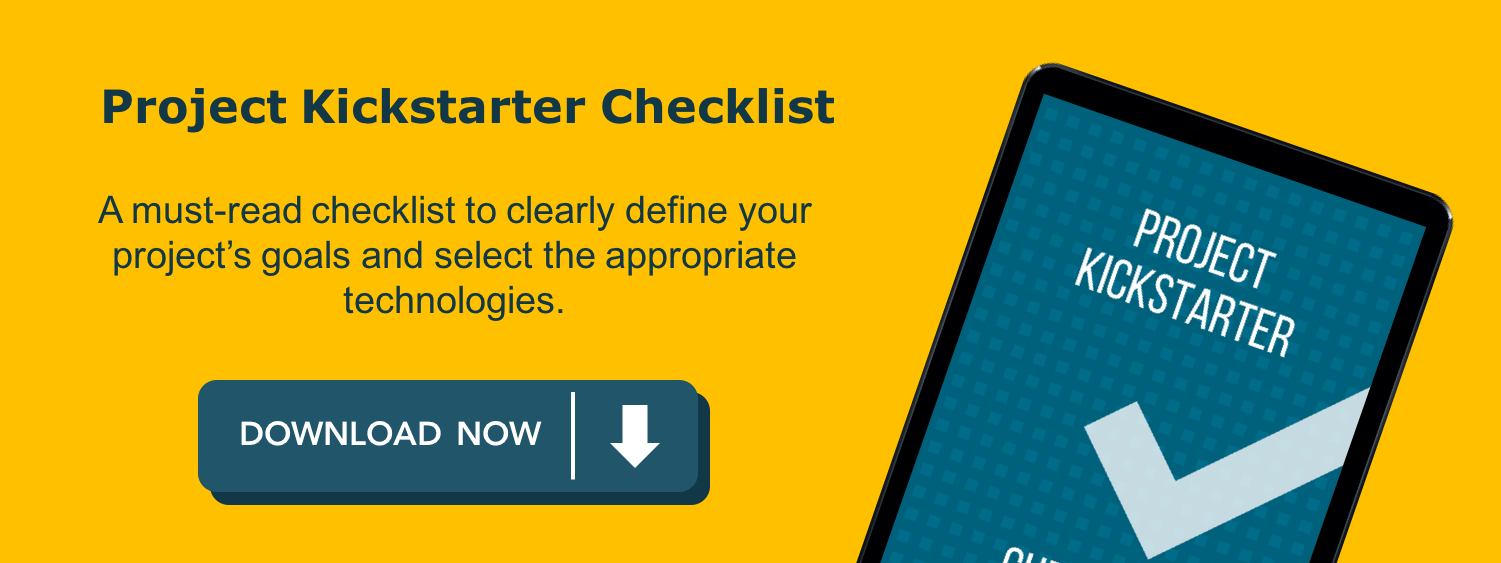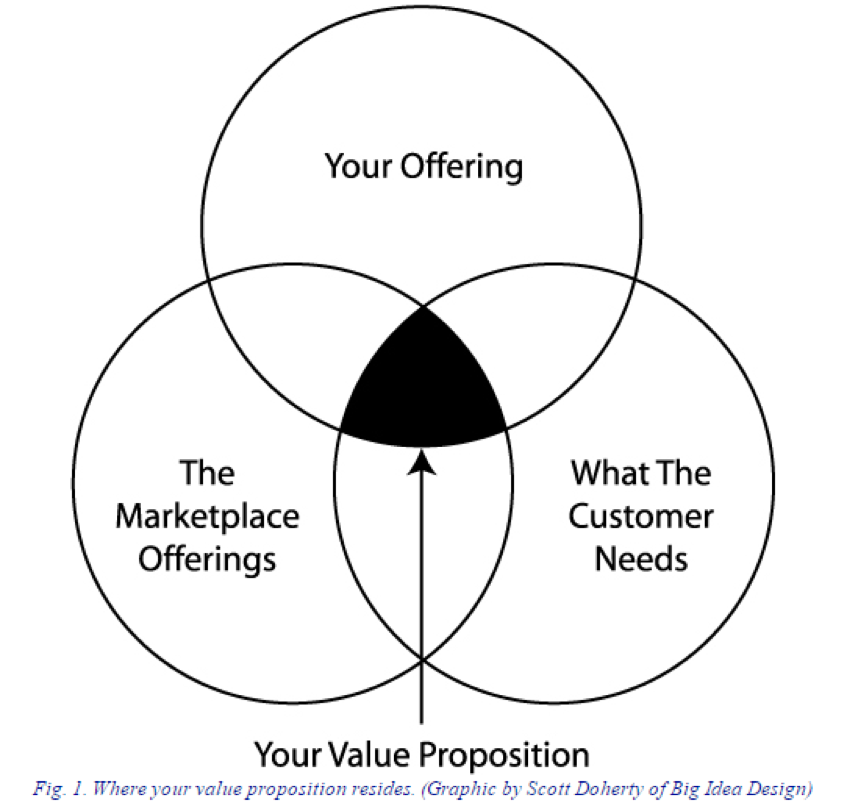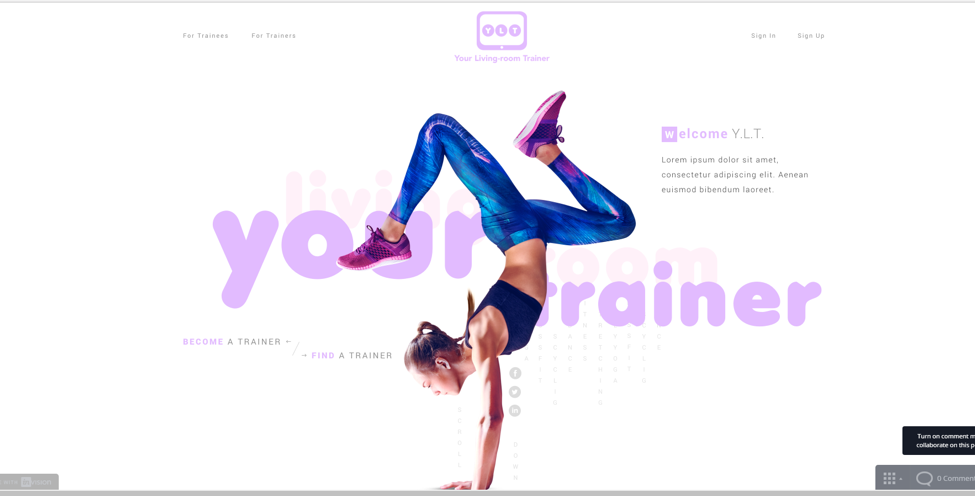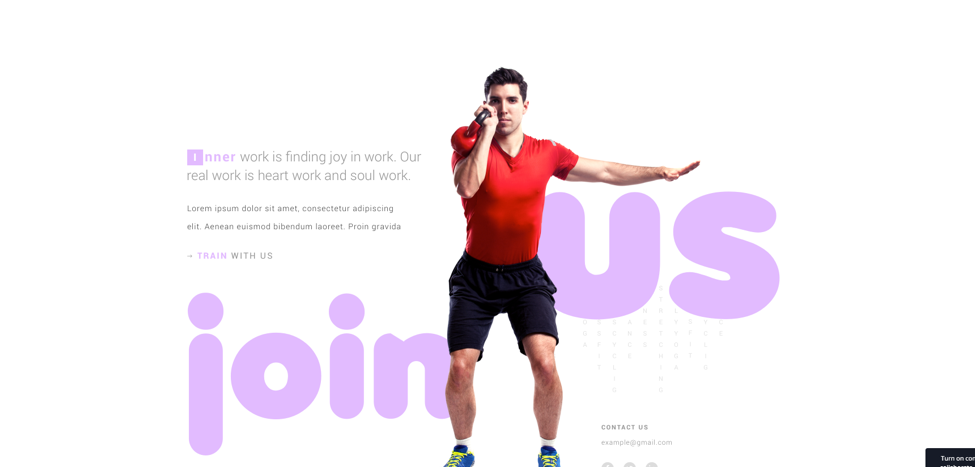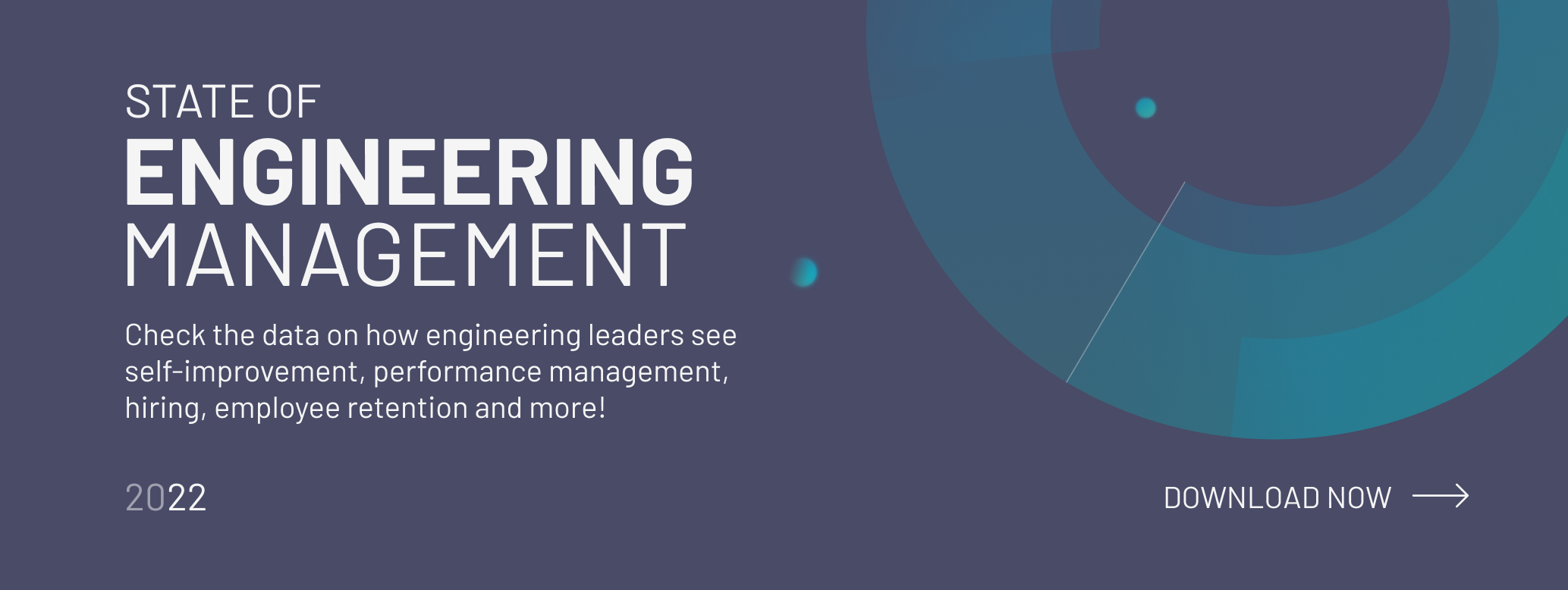
Have you ever felt at a loss about which features to include in your minimum viable product (MVP)? Have you ever wanted to build a strategy to help you choose the perfect features for your minimal viable product? The lean startup methodology can help you figure out what minimum viable product development should look like. If you can find and hire good software developers, they can help you figure out what features to include even faster.
We’ve built numerous MVPs and want to share our experience helping our clients choose the core features for their MVP design to make their product work.
WHAT DOES MVP MEAN?
Many people have only a vague understanding of what an MVP is. What does MVP mean? An MVP definition goes like this: It is a product with minimum features that’s built with the least possible effort to learn as much as possible from it. Building an MVP involves specific product management steps we list in this article.
WHY IS CHOOSING FEATURES FOR AN MVP TRICKY?
- there’s competition
- clients have their own expectations
- limited budget
- limited time
An MVP isn’t about features alone. It’s about your users as well, which is where user-centered development comes in.
ABOUT USER-CENTERED DEVELOPMENT
Traditionally, development is supposed to revolve around features.
In user-centered development, on the other hand, features are built based on the information about users and usage. Knowledge about usage is gathered to help developers focus their attention on the core functionality.
This knowledge aims to reduce the risks in a project, for instance, the risks connected with implementation errors, redundant code, or unwanted features. User-centered development also means applying approaches, knowledge, and having good communication in different phases from gathering requirements and evaluating solutions to implementing the design.
We want to assist our clients in the best way we can, so we’ve developed an approach that lets us build fascinating, scalable, and quick-to-market MVPs.
WHAT DO CLIENTS COME WITH?
Clients usually fall into one of two categories. Some clients come with an idea only; others come with project specifications.
PROJECT SPECIFICATIONS
When a client comes to us and asks to build a project, we want to know if they have any initial information about their project.
If yes, they usually have project specifications where everything they want from the project is written. This document will allow our developers to give a good estimate and define the scope of work right away. But the client may have a limited budget. This is when we need to decide what goes into the MVP.
👉 Additional reading: Backlog vs. Specification
IDEA ONLY
If a client comes with an app idea only, then we lead the project from inception to launch. Before we start development, we try to understand the idea and how we can make it work. In this case, we try not to go overboard and avoid choosing features that are of secondary importance. If the idea is vast, we advise splitting the project into phases.
THE PROCESS BEHIND SELECTING MVP FEATURES
When a client comes with an idea, we do the following product management steps for them.
User research. At SteelKiwi, we approach every project from the perspective of users. We don’t rush into features, but rather, we think about how we can satisfy user needs with the least functionality. User research is the stage where we study users’ needs and pains because the success of every single feature will depend on how well we’re able to interpret what users want from a digital solution. When we do user research, we keep our clients’ business goals in mind so the features align with those goals.
The most important part of user research is competitor analysis and interview sessions.
Competitor analysis. We look at what solutions already exist by reading articles and doing thorough research. We even try out existing solutions ourselves. Then we usually fill out a chart that helps us understand the least that an average user would expect from a new product on the market.
Interview sessions. Communication is key to an MVP’s success. To dive deeper into the idea and derive the business logic behind projects, we conduct as many interview sessions as necessary with our clients. Interviews let us fish out business goals and hear our clients’ vision of the project. Interviews helps us better understand the value our clients are trying to bring with their solution. At this point, we can form a unique value proposition (UVP).
Only those products that bring value to consumers can survive the fierce competition.
We focus on nailing down the value proposition. In other words, we answer the following questions:
- What is the main goal of the project?
- What is our client trying to achieve?
- What problem will our client solve with this solution?
- Who is the target audience? How do they deal with this problem?
- How is this solution better than existing solutions?
By answering these questions, we can create a succinct sales pitch. It’s essential to understand your product and set clear goals as they’ll drive your development.
After we’ve heard our clients out, we have a clear vision of their product so we can come up with the best solution.
DESIGN THINKING PROCESS
Your MVP will be based on an assumption that will require testing and validation.
To understand which features should go into an MVP, we create user stories or job stories. These stories are written in a document that describes how the user deals with their problem using your product. It also lists actions users should take to reach the end goal.
Let’s say you want to build an e-commerce website to sell clothes. Think about how users will interact with your application.
Create a story that looks like this: A customer lands on your clothing site. They may or may not register. Then they browse the content of your site, choose an item of clothing, and buy it. It’s as simple as that!
Then break your story into user tasks, which will ultimately point you to features. Going back to the e-commerce site, here’s how these actions look in brief:
Land -> browse -> choose -> buy
The user lands on your clothing website. Ask yourself whether they need to create an account to browse your content. When they browse, how do they do it? Do they need to filter your content? What filters should there be? Maybe color, size, and price? Will the user be able to search directly? When the user chooses an item, do they need to be able to add it to a cart? When they make a purchase, will you allow them to pay on your platform? What payment options will you include? By asking these questions, you ultimately come up with features.
SINGLING OUT FEATURES FOR YOUR MVP
When we have the list of features ready, it’s time to sift through them and decide what goes in the MVP. We choose one core feature and additional features that the core feature can’t do without.
The choice of features will depend on the core values for the product. These features will satisfy the simple user journey. It’s worth remembering that an MVP can become a minimum marketable product in the future. So, we advise clients to keep things simple first and then enhance the product with nice-to-have features.

Then we move on to the stage where we write project requirements and create wireframes to help our clients visualize how their service will look.
MVP CASE STUDY: YOUR LIVING-ROOM TRAINER
Kathryn Tracy, the founder of Your Living-room Trainer, asked us to build an online personal training platform. She came up with the idea and our task was to design and develop a stable minimum viable product (MVP). The MVP would allow Kathryn to improve the product based on feedback from early adopters.
WE ASKED THE RIGHT QUESTIONS TO DEFINE UVP
MVP project management requires good communication. We started with defining the main goal of the project. We discussed the project with our client and asked questions in order to form a succinct and precise sales pitch.
What is the goal of the project? To connect trainers and trainees in the US via video sessions.
What is the goal of the MVP? To help trainees book sessions with professional trainers.
What is the problem the product solves? It helps people exercise at home or at any other location that’s comfortable for them.
What is the target audience? People who either can’t or don’t want to exercise at a gym.
How do these people deal with the problem on their own? They can Google for classes on YouTube or do exercises on their own.
Why is this product better than the competition? This platform is better as it provides an all-in-one solution for people seeking to improve their physical health wherever they are using any device they have.
Our sales pitch: Your Living-room Trainer is a marketplace that connects trainers with trainees who want to exercise at home. Trainees need help from professional trainers to guide them and help them make healthy life choices.
WE CREATED USER STORIES FOR MVP
Once we had stated the problem, we chose to create typical user stories as they best fit this project. We tried to walk in the user’s shoes by imagining the following scenario: I want to start exercising. I decide that a personal trainer is the best option for me. When I land on the Your Living-room Trainer website, I want to know how much it will cost, how sessions are held, and whether I can set the time of sessions myself or if I have to choose a given time slot.
To understand what features must be in the MVP, we continued with user stories. They were able to help us define all possible features that trainers and trainees would want in the service.
YOUR LIVING-ROOM TRAINER SERVICE ASSUMPTIONS
| As a trainee, I want to | As a trainer, I want to |
| … have a session with a qualified trainer so that I know they’ll give me the right kind of advice on my exercise and nutrition choices. | … register and upload my trainer certificate so that trainees trust me and want to have classes with me. |
| ... choose the time slot that suits me best so that I can exercise when it’s convenient. | ... be notified when my trainee cancels a session so that I don’t wait around. |
| ... be notified about upcoming sessions so I don’t miss my classes. | ... know all health-related information about my trainee so that I can make the best health choices for them regarding their training and nutrition. |
| ... see my trainer well and have a nice video session so that I can practice without delay. | … have every session last precisely one hour so that I can move to another trainee without delay. |
| ... leave a review and rate my trainer so that others may know what my trainer is like. | ... view my sessions so that I can be reminded of my schedule and visualize it. |
| ... be able to pay through the service so that I don’t have to do it elsewhere. | … manage my sessions so that I can add available hours. |
| ... view the history of my sessions so that I can keep track of my fitness program. | … view my payment history so that I can keep track of my earnings. |
By experiencing the service from the user’s perspective, we were able to derive the following flow: People register with the service and look for an available trainer. They pick a date, book, pay, and the session is confirmed.
Then we derived the main actions:
Register ->create a profile -> search -> book -> pay
DERIVING FEATURES
Taking into account user stories and the main actions that users take, we singled out the most essential features.
List of features we chose for Your Living-room Trainer
Our agile requirements process from idea to minimum viable product went smoothly. Since our client wanted to launch as soon as possible, the features boiled down to the following:
- registration through an email link
- user profiles with name, photo, and a details page with all additional information
- direct search and search by filters
- booking of available slots
- payment through Stripe
- inbox messenger
- video chat through Twilio Video
- various platform-related notifications
Here’s the architecture that we built:
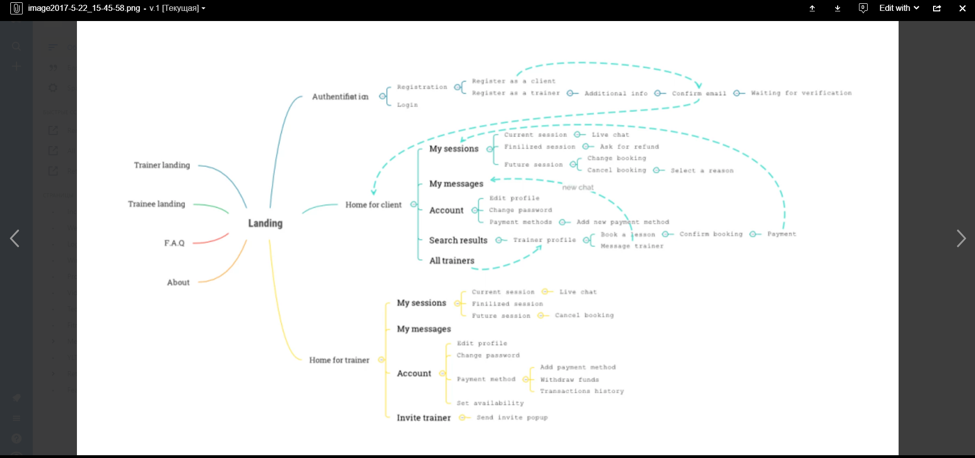
Source: SteelKiwi
SteelKiwi advice: 1. Keep things simple and to the point. 2. Plan features iteratively. 3. Expand your product’s capabilities upon validation.
WE DEVELOPED A LANDING PAGE
We also created a landing page for Your Living-room Trainer. The landing page makes it clear what the service does and encourages visitors to sign up right away. The design of the landing page is void of all distractions to help users focus on the offer. We chose bright colors and a minimalist design to emphasize the intensive nature of training.
The landing page also includes a benefits section and a CTA that encourages people to join the service and book an appointment with a personal trainer.

Hungry for more?
You can also learn about another MVP we’ve built for Hashtag Hound, an application that helps you find popular and relevant hashtags for Instagram posts. We developed a smart algorithm for hashtag selection.
BUILDING YOUR MINIMUM VIABLE PRODUCT
The features that should go into your MVP depend on your timeframe and budget. Also, the number of features you have may not necessarily solve users’ problems.
Sometimes, problems need to be solved through a service itself. It’s when your product becomes valuable despite the lack of some features. We try to single out a workable solution rather than just a set of features.
You should keep your MVP simple since its purpose is to test your idea and your assumptions. Ultimately, your MVP should include enough features to address your customers’ needs. When you’ve validated your MVP, you can add advanced features to engage your users even more. Think of great companies like Uber, Airbnb, and Dropbox. They created their products in a simple way and added more features later on as they grew.
If you have an idea for a project — or even if a company has helped you write a project requirements document — we can help you figure out what features should go into your minimum viable product.
If you still aren’t sure how to choose the best platform for your app, we recommend reading our article that will help you settle on the platform that meets your needs.
About Angela:
Angela is a market researcher for SteelKiwi Inc. and writes business-related articles. SteelKiwi offers efficient MVP software development and helps clients prioritize features for their MVPs. If you still have questions, contact us so we can assist you!
